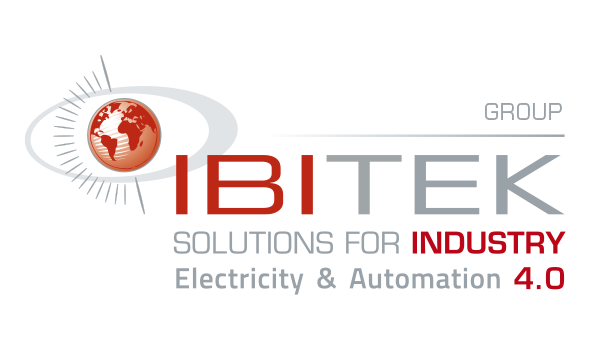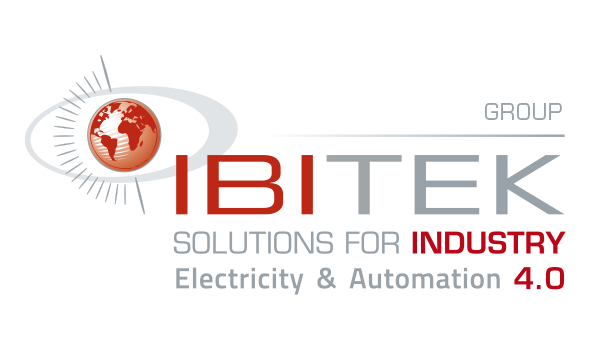The culture of continuous improvement and performance are at the heart of lean. Among the tools that are at the service of this safe methodology, we find the andon system. This device, allows to signal an anomaly in the production process.
To understand its purpose and benefits, it is necessary to review the functioning of this method. IBITEK, editor of the real time production monitoring and control software IBIProd, explains what you need to know about this system and the connected industry.
What is the andon system?
Definition
A visual management system used by managers and operators in the manufacturing industry, the andon method makes it easy to determine and display the status of production lines.
Industrial production optimization with andon lean
Industrial production optimization is a complex concept that requires careful evaluation and hands-on experience to implement properly. Many variables must be considered, including the current manufacturing process, the equipment used and its configuration relative to other machines.
Today, this method is used in the heavy industry, continuous process industry and materials industry.
The quality method
In case of difficulties or anomalies encountered on their production line, the operators would show themselves by a light signal, namely a paper lantern (or “andon”).
Very quickly, this system became established with a luminous panel which makes it possible to highlight a fault in the production.
When this signal is activated, skilled operators or team leaders would arrive on the production line to solve the problem.
They would also think about the causes and ways to solve the anomaly cases in the long run.
What are the advantages of the andon method for the connected industry?
This method has multiple advantages for the connected industry:
- Cost reduction: the reduction of lost time helps to reduce production management costs induced by unplanned stoppages.
- Significant time savings: thanks to the visual display of problems, the industrial site avoids wasting time searching for information or breakdowns caused by production line stoppages.
- A better intrinsic communication: the visual and sound display also favors a better internal communication flow between the different participants of the production process.
- Information flow: with the visual management system based on the andon method, information flows efficiently from the lowest levels of the organization’s hierarchy to the decision-making positions. Operators can thus have a better visibility and a good understanding of the functioning of the production line.
- Better control: by anticipating problems, the method allows management and maintenance teams to have more control over the production line.
It also promotes the consolidation of data essential to the company’s performance, as the system records anomalies and their regularity and allows information to be shared with third parties who have not directly experienced the problem.
Lean management: its objectives for a connected industry
Lean management refers to the set of techniques that aim to eliminate all low value-added activities. The term “lean” means “least”.
Therefore, lean management is a management technique essentially focused on the reduction of losses generated within a connected industry, for a fairer output and production.
This management method has several objectives such as reducing inventory, managing waste, limiting unnecessary costs, reducing production cycle times and increasing productivity. Lean management also aims to optimize quality.
This methodology also promotes the involvement of all employees and improves the overall performance of the company.
To be effective, the lean management method must be implemented at all levels of the industry and encourage good communication between the various departments and between production units.










